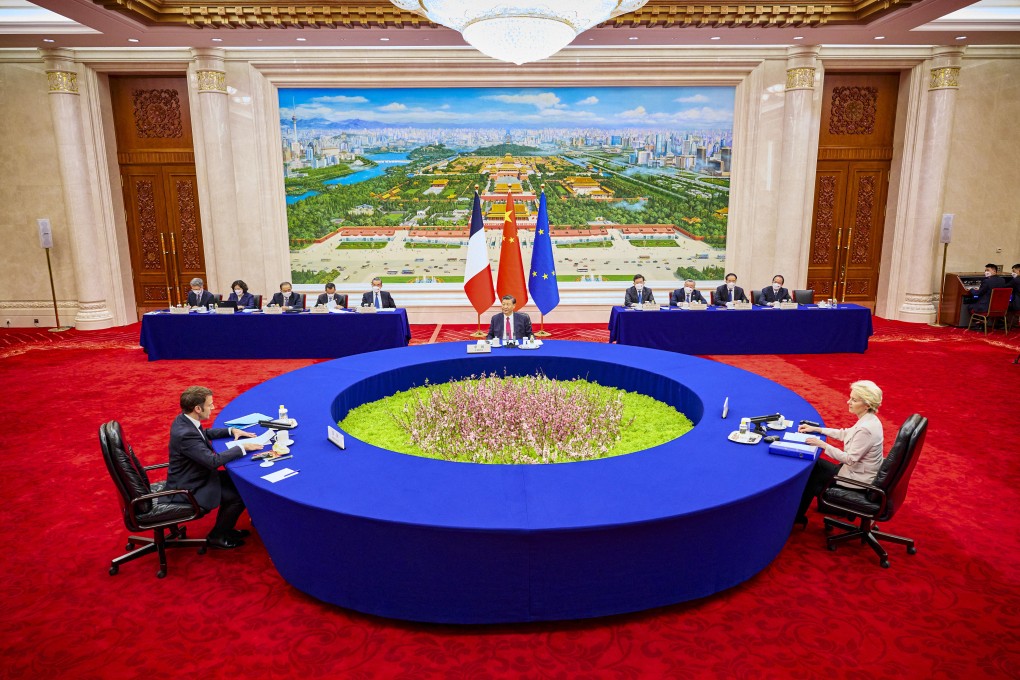Opinion | EU’s China policy needs a revamp, but there’s no one-size-fits all solution
- Policy divisions among EU institutions as well as member states, and intensifying US-China rivalry, complicate the bloc’s China policy
- The EU must get agreement on a unified China strategy among its member states, focusing on economics and trade, but avoid systemic decoupling and steer clear of politics

The EU’s complex multilevel governance structure often makes it difficult for the bloc’s institutions and member states to achieve a policy consensus on key issues, alongside being effective in areas related to global governance on the international stage. These same structural problems shed light on why the EU’s China policy is not currently working.
The first main bump in the road for the EU’s China policy is the fact that the EU has often had to issue multiple directives and new policies. One effect of this has been to cause confusion among different EU member states.
Furthermore, the economic funding of the plan is uncertain. It is also still not clear where the full funding will come from and to what extent the Global Gateway can rival the economic dominance of the Belt and Road Initiative.

